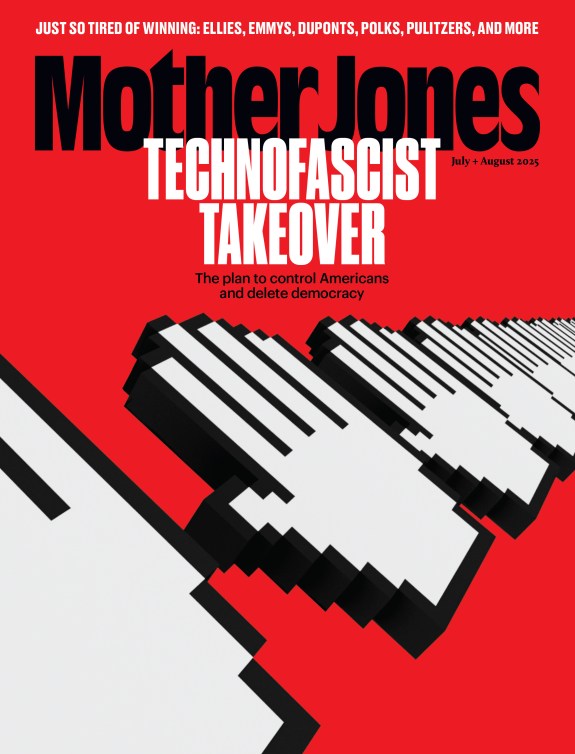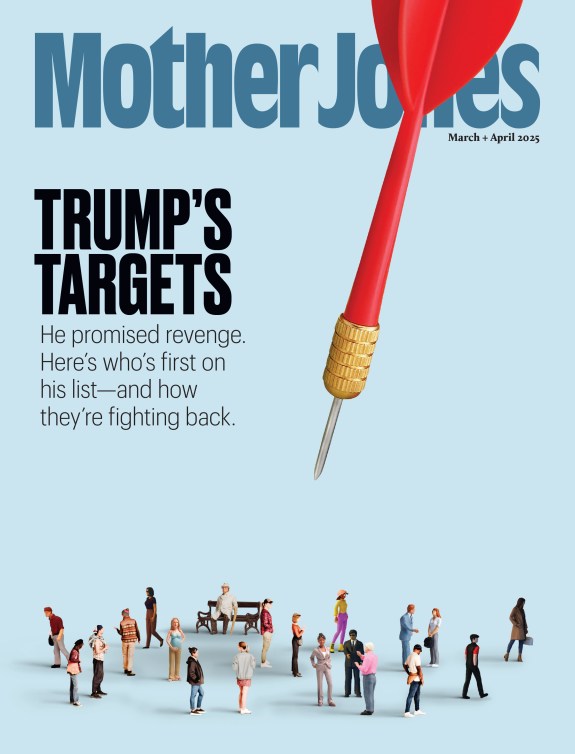Article created by the The Century Foundation.
John Kenneth Galbraith died on April 29, 2006 at the age of 97, having led a life filled with honor and accomplishment. Unfortunately, his ideas are largely ignored by today’s economics profession. His recent death marks an occasion for spotlighting the continuing relevance of those ideas and the ideological narrowness of a profession that makes no space for them.
The period 1890–1940 includes the Progressive (1900–1916) and New Deal (1932–1940) eras. During this fifty-year period America came to grips with the problems that arose with its transformation into a mechanized, industrialized, urbanized society. Whereas the Progressive era highlighted the human excesses of raw capitalism and took the first tentative steps toward taming them, the New Deal era confronted the instability of capitalism and enacted reforms that saved the system from itself.
Today’s era of globalization is showing signs of problems similar to those seen earlier. In labor markets there has been a decline in workers’ bargaining power, while the global economic system has shown proclivities toward financial instability and deflation. These parallels suggest that there are lessons to be learned from reflecting upon the reforms of the Progressive and New Deal eras. Such reflection inevitably leads to John Kenneth Galbraith’s analysis of that period, published in 1952 under the title of American Capitalism: The Concept of Countervailing Power.
The core problems of the Progressive and New Deal eras were the callousness of the economic system and its inability to maintain sufficient purchasing power for full employment. Behind this lay the problems of monopoly and deflation. By charging high prices, monopoly erodes purchasing power. So too does deflation because it increases the value of debts. The New Deal tackled these problems through a combination of regulation and the creation of modern fiscal policy.
Regulation served the twin purposes of controlling monopoly and putting a floor under prices. Not only did it extend to key industrial sectors, it also included labor markets through legislation establishing the minimum wage, the forty-hour week, and the right to join unions. This established a wage floor that, in one swoop, tackled both the Progressive era problem of callousness and the Depression era problem of inadequate purchasing power. Side-by-side, modern fiscal policy was built upon an expanded government sector whose purchasing power was more stable, and which could also be mobilized in downturns to offset declines in private sector spending.
These policy interventions reinforced stabilizing features within the system. This is where Galbraith’s concept of countervailing power enters. The problem of monopoly arose with the emergence of large powerful corporations. However, the system partially addressed this problem itself through the development of large corporations on both sides of the market. Consequently, big buyers confronted big sellers, thereby generating countervailing power between buyers and sellers that helped keep prices down and stable.
In labor markets, it was the development of trade unions that created countervailing power. This ensured that workers were also represented by big sellers that could go head-to-head with big buyers. In this regard, New Deal labor legislation was critical since it promoted unions. Prior to the legislation, employer opposition had stalled union coverage at about fifteen percent of employment. Afterward, it rose to almost thirty-five percent.
A Galbraithian lens suggests that the countervailing power equilibrium that prevailed after World War II has been dislodged. In labor markets, the process started with the inability of unions to organize the expanding service sector. At the same time that the service economy was growing away from unions, manufacturing started going mobile through the development of multinational production methods.
Additionally, a retail revolution was taking place through big box discount stores exemplified by Wal-Mart. These discounters have adopted a global sourcing model that scours the world for the lowest price—the so-called “China price”—and then requires American manufacturers and workers to meet it or lose the business. This model now extends to every retail segment, and it creates a race to the bottom by putting the entire consumer goods manufacturing sector in global competition. To stay competitive, American manufacturers must either slash pay at home or move production offshore. Moreover, this global sourcing model is now being applied in capital goods manufacturing, with assemblers like Ford, General Motors and Boeing adopting it.
A Galbraithian analysis points to the need to rebuild countervailing power. That requires organizing workers in the service sector and in firms such as Wal-Mart. American businesses also have an interest in the re-building of countervailing power as global sourcing has undermined the position of sellers. Enabling domestic suppliers to compete in a globalized economy calls for new institutional arrangements limiting unfair international competition based on labor exploitation, environmental neglect, and under-valued exchange rates. The bottom line is that Galbraith’s economic analysis remains as trenchant and relevant as it was fifty years ago, and the logic of countervailing power provides vital insights into today’s problematic of globalization.
















